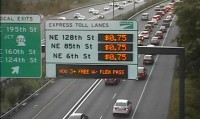 The construction is over on the stretch of 405 by our house. There are now two HOT (High Occupancy Toll) lanes in each direction for the busiest stretch of road. This leaves three regular lanes for each direction. During rush hour periods, you can use the HOT lanes for free if you have 3 or more people in your vehicle. If you don’t have enough people, you can still use the lanes but you pay whatever fee is posted on the sign. It varies from $0.75 up to $10. They adjust the toll in real time to keep traffic in those lanes flowing above 45mph. Generally I see a $1-3 toll between the exits I use (roughly 8 miles.)
The construction is over on the stretch of 405 by our house. There are now two HOT (High Occupancy Toll) lanes in each direction for the busiest stretch of road. This leaves three regular lanes for each direction. During rush hour periods, you can use the HOT lanes for free if you have 3 or more people in your vehicle. If you don’t have enough people, you can still use the lanes but you pay whatever fee is posted on the sign. It varies from $0.75 up to $10. They adjust the toll in real time to keep traffic in those lanes flowing above 45mph. Generally I see a $1-3 toll between the exits I use (roughly 8 miles.)
I have really mixed emotions about this project. On the one hand, it’s an awesome mix of data and social behavior. They know exactly how traffic is flowing and they can make mathematical adjustments, but those changes will have different effects on different people. So the same change might not work in two similar traffic situations because of other social or physical factors. I’d love to get access to that data feed. In fact, that’s one big way they could improve it. At least give me a data feed showing when my car used the lanes, which entry and exit points I used, etc. You can get your last 10 transactions from their poor website but it’s basically unusable as a data feed. Give me JSON with OAuth please. Even better, consider opening up all the data after removing the personally identifiable information.
On the other hand, this whole thing bothers me a lot. In this extremely liberal part of the country, I don’t understand how the general population approved a system that lets rich people get to work on time while poor people have to sit in traffic and be late. Doesn’t that seem unjust especially when lower paying jobs are more likely to be sticklers for showing up on time? I guess they justify it as “taxing the rich” which is heroic. Personally, I almost always refuse to use those lanes unless I’m qualified to use them for free. I want to be that data point that just mooches from the system. It’s my nerdy, tiny protest.
It’s hard to know if this has improved traffic flow or not. WSDOT has been very vocal in saying that it takes six months or so for the system to settle down. Some days there isn’t anyone on 405 and other days it’s a complete standstill. Eventually, people will settle into new traffic patterns, and then we can decide if it has improved traffic. My gut feeling is that yes, it has. I use Waze to help me figure out if I should take 405 or two different backroad routes home. Before this project, 90% of the time the answer would be backroads. Now I’m frequently using 405. Traffic still slows down around the entry/exit points into the HOT lanes, but otherwise it flows pretty well.
And there-in lies my biggest beef: it seems pretty obvious that this system was not optimized purely for better traffic flow. That drives me nuts. We have a very limited resource and instead of using it as efficiently as possible, the politicians have their money grubbing hands in it. The traffic engineers have all the data, and I bet if you told them to dream up the best solution, this would not have been it.
I have no data to back this up, but I think the two biggest improvements are:
- There are a consistent 3 (non-paying) lanes of traffic. It used to expand and contract between 3 and 4 lanes. This created a lot of merge points and generally slowed things down. The consistent set of lanes has removed a lot of lane changing.
- There are defined entry/exit points for the HOT lanes. Those lanes used to slow down because of “friction” with the main stopped lanes. It was a little scary being in the HOV lanes because you knew that somebody could decide to jump into those lanes at any point. Technically, that could still happen but now you’re crossing a double white line (actually in most places it’s 4 white lines), and there is a hefty fine for getting caught. This really improves the average speed the express lanes.
A lot of my opinions on this could potentially be changed if they’d release real data and models showing that this is the most efficient way to move people along the road. Instead we get tiny little stats and soundbites that they think “prove” their approach.
I’d love to see what would happen if we had the current layout but removed the carpool and monetary restrictions on the express lanes. Sure, the rich people would lose their speedy route, but on average, it seems like everyone would have a faster trip because we’d be closer to 100% utilization of 5 lanes instead of 3 booked lanes and 2 sparse ones. And since those two express lanes have limited entry/exit points, they would be more immune from lane changing. This isn’t a ground breaking idea. This is how express lanes are implemented in a lot of other cities.
The HOV/money part feels like politicians tacking on rules to make themselves feel like they are saving the environment and taxing the rich. Is that worth reducing the efficiency of the highway? Not in my book. With election season approaching, I have another chance to spit into the hurricane and vote for a different makeup of our state government.
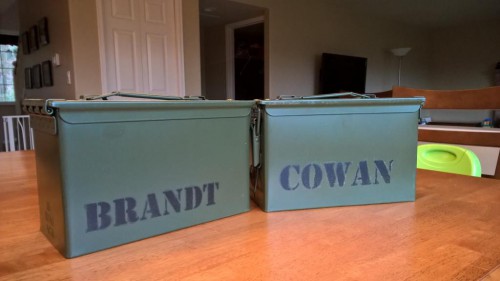

 As of March 1, you won’t be receiving plastic bags at checkout in Kirkland anymore. We live in Woodinville, but we’re right on the border with Kirkland and the Safeway we use most often is in Kirkland. Seattle and Issaquah made this change a while back but I guess I missed the fact that Kirkland was going to do this because it caught me by surprise. Now you either need to bring your own bags or pay $0.05 for a paper bag.
As of March 1, you won’t be receiving plastic bags at checkout in Kirkland anymore. We live in Woodinville, but we’re right on the border with Kirkland and the Safeway we use most often is in Kirkland. Seattle and Issaquah made this change a while back but I guess I missed the fact that Kirkland was going to do this because it caught me by surprise. Now you either need to bring your own bags or pay $0.05 for a paper bag. Amazon has a
Amazon has a 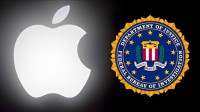




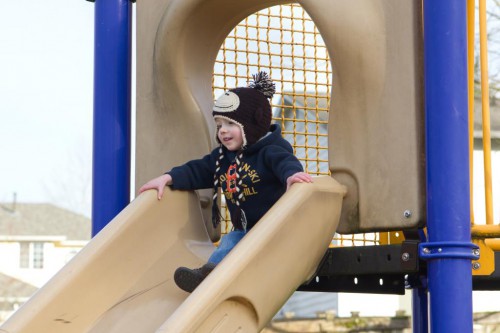


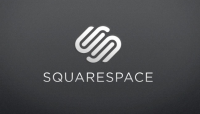
Top Gun 2
Tom Cruise and Val Kilmer are signed up again. The screenwriters have movies like The Hunger Games and Jungle Book to their credit. So it’s possible that it could be good if it actually does come to fruition. The plot is supposed to center around the transition from manned jets to drones. I can only guess that Maverick and Ice Man will have to save the day by flying manually when the drones fail spectactularly.
It’s been 30 years since Top Gun took flight. It’s still a great movie after all these years. Let’s hope that the sequel either doesn’t happen or is actually watchable. I wouldn’t bet heavily on either option though.